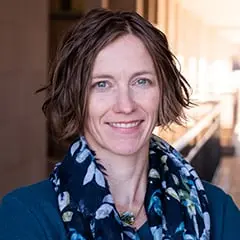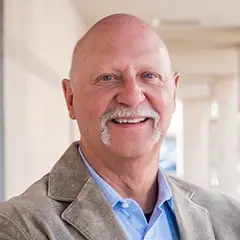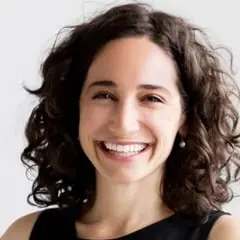 | 1 LU / HSW |
 | 1 LU / HSW |
Located in the heart of a rural community in the extreme climate of Colorado’s San Luis Valley, the new PK-12 school is transformational for its community and in its design. The Sierra Grande School District had faced high costs trying to maintain their failing 1950’s-era building. Ultimately, they earned a grant to fund a replacement school. With strong community support for a bond for matching funding, it was imperative the planning and design process be inclusive and transparent with the community to prove the wisdom of their investment decision. The stakeholders were enthusiastic to reimagine their campus to take advantage of their stunning views of Mount Blanca, while creating a place they could more easily maintain for decades to come. Before design even began for the new school, an internal RESEARCH project was undertaken by Cuningham and BranchPattern to deter-mine whether the project was a good candidate for the Passive House framework. Today, as the first known school to implement Passive House principles in Colorado, the building has a super-insulated envelope and simplified mechanical systems. The new facility is all-electric and uses no fossil fuels. The project is pursuing CHPS Verified Certification. In this session, we will discuss the overall planning, community engagement, design and construction process, while highlighting Passive House considerations throughout, including:
Learning Objectives:

Kari-elin has practiced architecture for over 24 years, with an emphasis on creating spaces for learning, teaching, and play. She is a Principal with Cuningham and serves as the Executive Director of the Grow Studio, where design for education at all levels is a primary focus. She has helped clients pursue their goals on award-winning projects across Colorado. Kari-elin fuels her passion for meaningful design through volunteer work with A4LE and recently completed her term as the Southwest Region Past President.

Paul is a Principal and Director of Regenerative Design at Cuningham, with approximately 45 years experience. His career has largely focused on innovative educational projects and sustainability. He has partnered with the Douglas County School District for more than 20 years.

Dannie is a Senior Associate and the Net Zero Advocacy Manager for BranchPattern, a firm founded in sustainable and low-energy design. She served several years as an active Board Member in the A4LE Rocky Mountain Chapter. Dannie’s goal has always been to save the world and protect our environment. She is passionate about improving life through facility outcomes that can positively impact a child’s cognitive function or an employee’s happiness in the workplace.
This track elevates Research on learning and learning environments and focuses on methodology, findings, and implications for practice. Tangible takeaways are encouraged, including tools and resources that support innovation and improvements to learning environments. There is Art in how we utilize Science to improve our design outcomes and our design and research process. To this end, dissemination of research findings is a priority so that learning environments are re-imagined and enhanced based on evidence and measured impact, not based on trends.
Primary Core Competency
Design of Educational Facilities: Acts as a resource to the design team in providing ongoing guidance and support to ensure that the emerging and ultimate design aligns with the established community vision, education goals, future programming, written design standards, best/next practices and education policy.